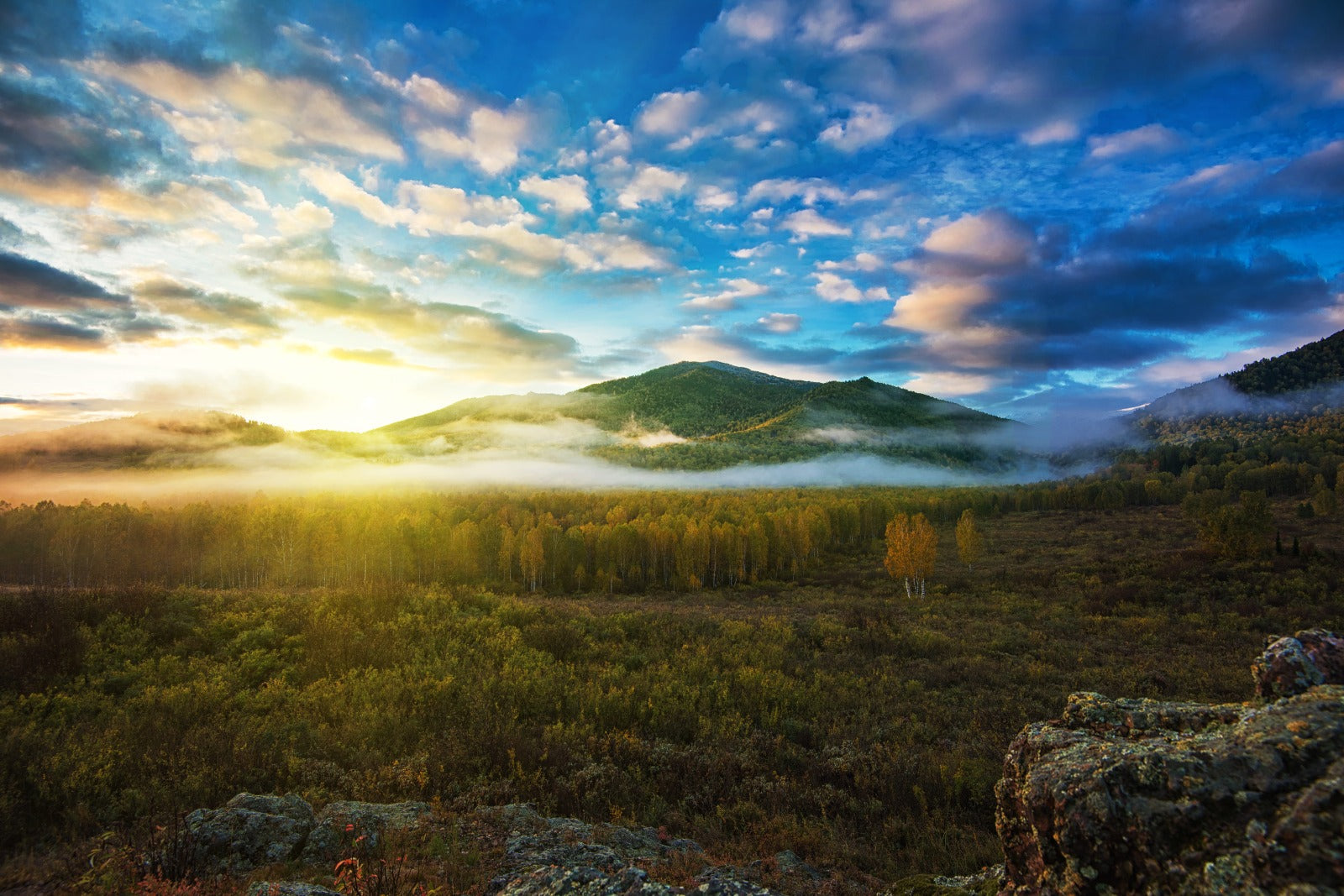Shilajit is small natural outgrowths or formations in the crevices of rocks, on the walls of caves and grottoes located at an altitude of more than 4500 - 6500 ft. above sea level, where weather conditions are different from the plain ones.
The Shilajit itself looks like resin, its surface is shiny, color from yellow-brown to black. In water, the Shilajit dissolves almost without residue (there may be slight sediment) and stains it brown.
Does science know the answer to the question "can the reserves of Shilajit on planet Earth run out?" Let's try to figure it out:
What are the components of the Shilajit?
Although Shilajit has not been studied enough yet, it is known that this natural product contains a large amount of organic and inorganic substances.
Studies show that the product contains about 30 macro- and microelements, 6 amino acids, essential oils, bee venom, as well as calcium, magnesium, iron and many other components. It is because of its composition and properties that the use of shilajit most often helps to restore damaged tissues.
Depending on the place of origin, there are Altai, Central Asian, Siberian, Iranian, Nepalese, Himalayan, Arabian, and some other types of Shilajit. All of them have almost the same physical properties and chemical composition similar in quality. Experts believe that the most promising is the extraction of Shilajit in the Altai Mountains. There are 2 reasons for this:
- In the Shilajit, harvested in the south of Siberia, there are very few excess impurities.
- Present reserves of Altai Shilajit are currently explored by only 1/10 of a share.
What is the origin of Shilajit and why it belongs to non-renewable resources?
As for the origin of the Shilajit, there is still no clear idea on this issue.
According to an old legend, stone giants are crying high in the mountains. Their tears, freezing, form a healing balm - a cure for all diseases. Rarely does anyone find a giant's tear, but the finder becomes the healthiest and strongest person in the world.
A more realistic theory is that it could have been of animal, vegetable, mineral, and in general mixed origin.
How soon will reserves of Shilajit run out?
Shilajit is still one of the most difficult to harvest natural remedies, while the popularity of this "gift of nature" is only growing.
Unfortunately, the source of the Shilajit is very limited. This means that the problem of small reserves of Shilajit in nature is more relevant than ever.
In other words, Shilajit is a non-renewable resource, and more and more of it is being consumed. Obviously, the moment will come when the supply of this remedy will simply run out.
Some experts argue that at the current level of consumption, the Shilajit will disappear from our planet in 100-150 years, some experts express the opinion that humanity will lose a unique natural remedy in 25-30 years. It is rather difficult to say which of these experts is right and which is wrong. Still, the Shilajit reserves assessment one of the mysteries for modern science.
Conclusion.
Today, almost everyone knows about the Shilajit. Some of them subject themselves to overly stimulating criticism. But the most valuable remedy does not need propaganda, since it has been justifying itself for over a century.
Yes, natural reserves of Shilajit are very limited. But given that single medical doses of the substance are about 0.1-0.3 g, one can hope that with a reasonable approach to the Shilajit, its reserves will last for a long time… for couple of decades ... but after that? We don’t know...





Leave a comment (all fields required)